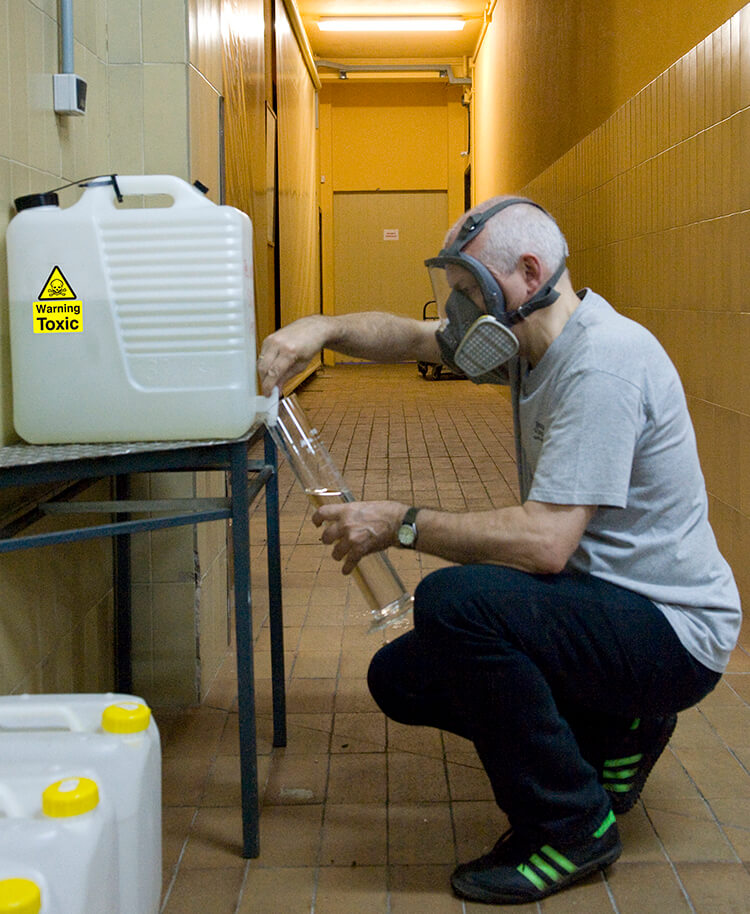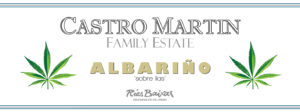 I don’t know if it’s my imagination, but I have a feeling that there are an increasing number of people with allergies these days. It could be that we live in such a clean, sterile world (where children aren’t allowed to play in the dirt as they used to), that our immunity and intolerance to certain foods and materials, is slowly being eroded. Please don’t quote me on this thought, it is based solely on my own personal observations, and is not necessarily a scientific fact. Whatever the truth, I now find myself living my with own personal sensitivity…..
I don’t know if it’s my imagination, but I have a feeling that there are an increasing number of people with allergies these days. It could be that we live in such a clean, sterile world (where children aren’t allowed to play in the dirt as they used to), that our immunity and intolerance to certain foods and materials, is slowly being eroded. Please don’t quote me on this thought, it is based solely on my own personal observations, and is not necessarily a scientific fact. Whatever the truth, I now find myself living my with own personal sensitivity…..
This winter I have been suffering from a throat irritation that only occurs when I am working in our bodega. This does however, exclude the offices, which are the only part of the wine cellar that have any form of heating. This being the case we are able to keep them dry and warm for the most part, during our long, cold, humid winters. My problem is that the minute I step out of the offices I can feel my throat tightening, and almost immediately, the irritation begins, resulting in a rather annoying dry cough. This is compounded when I spend a lot of time working outside the office, and means that sometimes I actually become short of breath. This week I finally decided to get it checked out. (Why are men always so reluctant to visit the doctor?)
After a battery of tests with a specialist in respiratory problems, resulting in a forearm that resembled a pin cushion, it was finally determined that I am now allergic to fungus and mold. Now, please don’t imagine for one second that our bodega is a filthy hovel, with dark, damp, black walls covered with mold, because I can assure you that it’s not – but inevitably, wherever there’s darkness and humidity, then there’s going to be fungal spores hanging in the atmosphere.
So, what’s the solution? Tablets? Stay in the office all winter? Well, apparently the suggestion is that I should probably wear some sort of surgical mask to filter the air that I breath when working in the cellars. (I do of course, already use a full face mask with filters for working with sulphur dioxide, but for this minor irritation that might be just a bit extreme!). I will have to try it and see. I don’t know if it’s my imagination, but I have a feeling that there are an increasing number of people with allergies these days. It could be that we live in such a clean, sterile world (where children aren’t allowed to play in the dirt as they used to), that our immunity and intolerance to certain foods and materials, is slowly being eroded. Please don’t quote me on this thought, it is based solely on my own personal observations, and is not necessarily a scientific fact. Whatever the truth, I now find myself living my with own personal sensitivity…..
I don’t know if it’s my imagination, but I have a feeling that there are an increasing number of people with allergies these days. It could be that we live in such a clean, sterile world (where children aren’t allowed to play in the dirt as they used to), that our immunity and intolerance to certain foods and materials, is slowly being eroded. Please don’t quote me on this thought, it is based solely on my own personal observations, and is not necessarily a scientific fact. Whatever the truth, I now find myself living my with own personal sensitivity…..
This winter I have been suffering from a throat irritation that only occurs when I am working in our bodega. This does however, exclude the offices, which are the only part of the wine cellar that have any form of heating. This being the case we are able to keep them dry and warm for the most part, during our long, cold, humid winters. My problem is that the minute I step out of the offices I can feel my throat tightening, and almost immediately, the irritation begins, resulting in a rather annoying dry cough. This is compounded when I spend a lot of time working outside the office, and means that sometimes I actually become short of breath. This week I finally decided to get it checked out. (Why are men always so reluctant to visit the doctor?)
After a battery of tests with a specialist in respiratory problems, resulting in a forearm that resembled a pin cushion, it was finally determined that I am now allergic to fungus and mold. Now, please don’t imagine for one second that our bodega is a filthy hovel, with dark, damp, black walls covered with mold, because I can assure you that it’s not – but inevitably, wherever there’s darkness and humidity, then there’s going to be fungal spores hanging in the atmosphere.
So, what’s the solution? Tablets? Stay in the office all winter? Well, apparently the suggestion is that I should probably wear some sort of surgical mask to filter the air that I breath when working in the cellars. (I do of course, already use a full face mask with filters for working with sulphur dioxide, but for this minor irritation that might be just a bit extreme!). I will have to try it and see.












